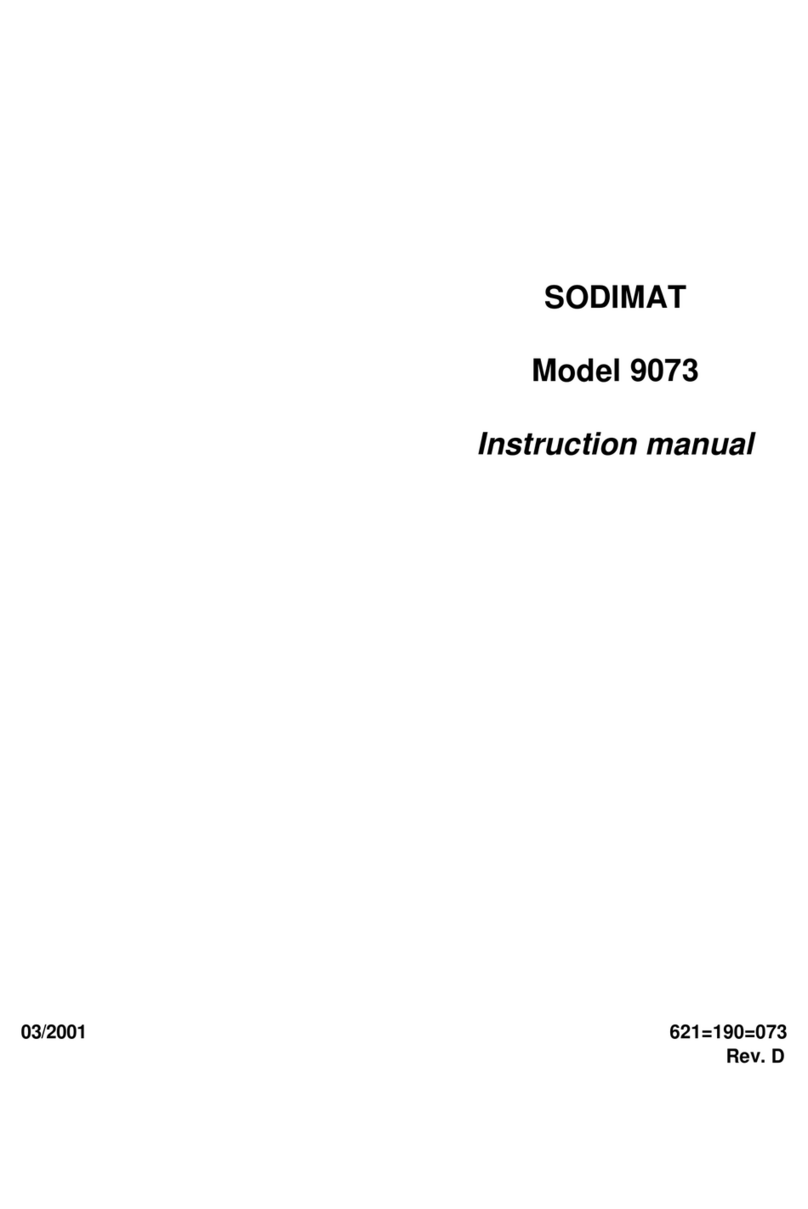
1
Table of Contents
Section 1 General Information......................................................................................................... 5
1.1 Disclaimer .................................................................................................................................... 5
1.2 Safety information ........................................................................................................................ 5
1.2.1 Use of hazard information................................................................................................... 5
1.2.2 Safety recommendations .................................................................................................... 5
1.2.3 Service and repairs ............................................................................................................. 6
1.2.4 Precautionary labels............................................................................................................ 6
1.3 Product recycling information....................................................................................................... 7
1.4 Product disposal .......................................................................................................................... 9
1.5 Restriction of hazardous substances (RoHS) ............................................................................ 10
Section 2 Specifications.................................................................................................................. 11
2.1 Technical specifications ............................................................................................................. 11
Section 3 Analyzer Overview ......................................................................................................... 13
3.1 Operation ................................................................................................................................... 13
3.2 Calibration.................................................................................................................................. 14
3.3 Analyzer outputs ........................................................................................................................ 14
3.4 Maintenance .............................................................................................................................. 14
3.5 Presentation............................................................................................................................... 15
3.5.1 Front panel........................................................................................................................ 15
3.5.2 Rear panel......................................................................................................................... 16
Section 4 Installation........................................................................................................................ 17
4.1 Analyzer inspection and unpacking ........................................................................................... 17
4.2 Analyzer preparation.................................................................................................................. 17
4.3 Installation checklist ................................................................................................................... 17
4.4 Mounting the analyzer................................................................................................................ 18
4.4.1 Panel version .................................................................................................................... 18
4.4.2 Cabinet version ................................................................................................................. 19
4.5 Installing the canister holder ...................................................................................................... 20
4.6 Connecting the sample .............................................................................................................. 21
4.7 Connecting the drain tube.......................................................................................................... 22
4.8 Mains power connection ............................................................................................................ 22
4.9 External communications connection ........................................................................................ 26
4.10 Input/Output connections ......................................................................................................... 27
4.11 Reagent preparation ................................................................................................................ 29
4.11.1 Reagent 1M - Molybdate (2 liters)................................................................................... 29
4.11.2 Reagent 1A - Nitric acid (2 liters) .................................................................................... 29
4.11.3 Reagent 2 - Oxalic acid...................................................................................................29
4.11.4 Reagent 3 - Reducing reagent ........................................................................................ 30
4.11.5 Calibration solution.......................................................................................................... 30
4.12 Connecting the canisters ......................................................................................................... 31
4.13 Analyzer startup ....................................................................................................................... 32
4.13.1 Reagents volume declaration.......................................................................................... 32
4.13.2 Flow rate adjustment....................................................................................................... 32
4.13.3 System and user setup procedures ................................................................................ 32
Section 5 Operating Instructions.................................................................................................. 33
5.1 Data Entry .................................................................................................................................. 33
5.1.1 Function Keys ................................................................................................................... 33
5.1.2 Modification of a value ...................................................................................................... 33
5.2 Measurement screens ............................................................................................................... 33
5.2.1 Main screen....................................................................................................................... 33
5.2.2 Display screen 2 - Measurement history........................................................................... 34
5.2.3 Display screen 3 - Alarms .................................................................................................34
5.2.4 Display screen 4 - Graph ..................................................................................................34
5.3 Main menu ................................................................................................................................. 35




























